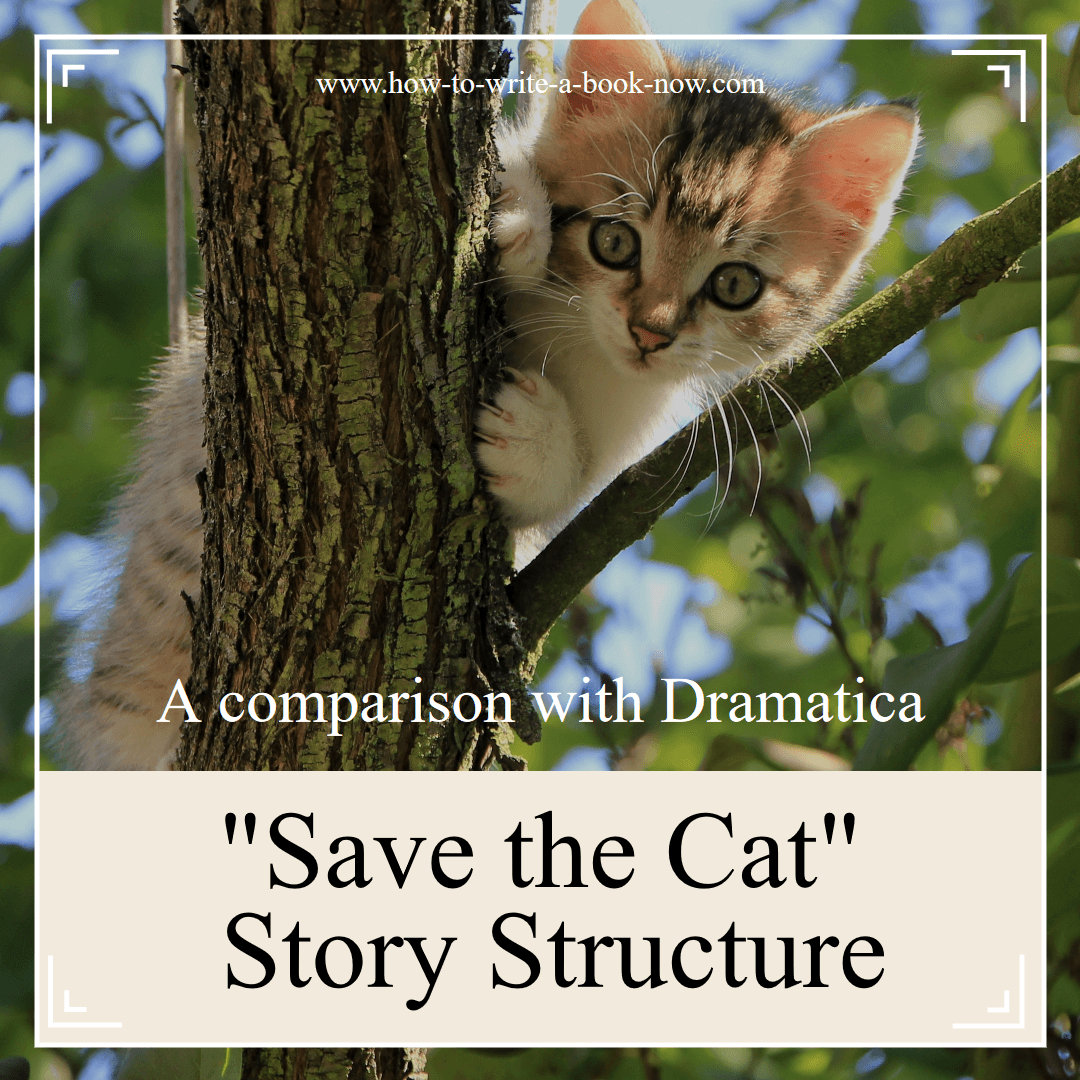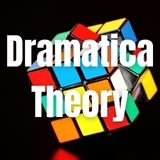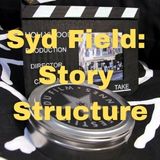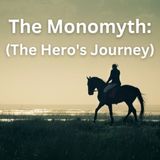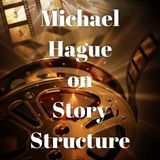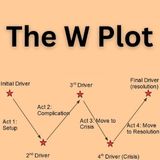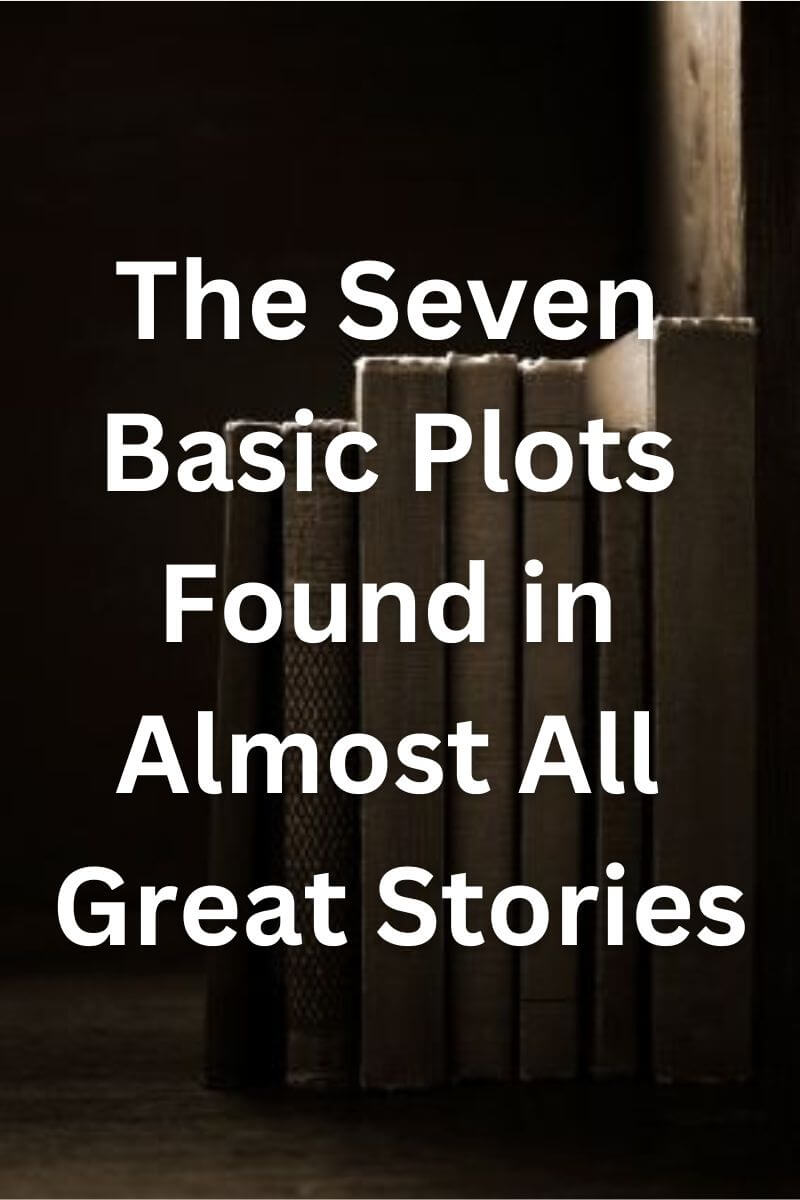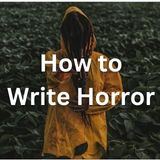How to Structure a Story: Different Approaches Basically Lead to the Same One End
By Glen C. Strathy
On the topic of how to structure a story, many writers and theorists have developed models describing what good structure looks like -- starting with Aristotle and progressing to today's screenwriting gurus. If you've been on this site for a time, you'll know that Dramatica is the story model I feel is most comprehensive while being applicable to the broadest range of stories. Nonetheless, some other models are easier to grasp and work with. The W-Plot (see below) is probably the most accessible, which is a big advantage for writers who want to get on with writing and not spend months learning theory.
Other models may be helpful in writing particular genres. The Monomyth is probably best for YA adventure stories, while each of Booker's 9 Basic Plots applies to a different genre (again, see below. Many models are well suited for stories with happy endings, but not as useful for tragedies.
Bear in mind that the principles of sound story structure are the largely universal. Most models are attempting to describe the same basic principles of story structure, but looking at it from a different perspective. Many writers and teachers use different terms to describe the same elements. This is a vast improvement over the days when every writer essentially had to figure out for him/herself how to write a satisfying story. Nonetheless, the lack of a standard story model can make for some confusion.
(In fact, writers are often motivated to come up with their own story model so that they have something unique to present in workshops or how-to books, which can make things confusing for beginning writers who attend a lot of workshops.)
For example...
Three vs Four Acts
Some writers have been taught how to structure a story by using a three-act model. Others prefer a four-act model. This can be confusing, until you realize they are actually describing the same structure.
In a four-act model, the basic pattern is:
Act 1: Setup
Act 2: Complications
Act 3: Build to Crisis
Act 4: Move to Resolution
In a three-act model, the pattern is:
Act 1: Setup
Act 2: Complications that Build to a Crisis
Act 3: Move to Resolution
In other words, the main difference is that in a three-act model the middle act combines the two middle acts of a four-act model. This is why the middle act of a three-act story is usually much longer than the first and final acts. In fact, most three-act models place a minor turning point in the middle of the second act, which acknowledges that it is really two acts combined.
So don't get too hung up on which model is "correct." What matters in the end is that you find a model that works for your story. You want a model that is easy to follow while helping you write a story that is emotionally and intellectually compelling and fun for the reader.
That said, it can be helpful to be
familiar with a number of models, so that, when you have
conversations about stories with writers who use them, you can have a
shared understanding.
Below please find links to articles where we compare some of the models of story structure you are likely to encounter.
The Best Models of How to Structure a Story...
"Save the Cat" Story Structure
Screenwriter Blyde Snyder wrote a book called Save the Cat that tells aspiring screenwriters how to structure a story. Since its publication, many novelists have found his approach valuable. Here, we compare Save the Cat with Dramatica and find that Save the Cat is easier to follow, though Dramatica describes a wider range of stories.
Using Dramatica Theory
Dramatica theory is arguably the most detailed and thorough model of story structure ever created -- so much so that many writers find it too complex. It is powerful, however, which is why we refer to it so often. Here we point out the basic concept behind it and the parts most useful for writers.
Syd Field's Model of Screenplay Structure
Legendary screenwriting guru Syd Field proposed a model of story structure that seems to be a forerunner of the W-Plot. Plus he offers a wealth of practical advice for writers of all forms of fiction.
The Monomyth Story Model
Also known as "The Hero's Journey," this classic model is ideally suited to Young Adult stories. Here we look at its origin and components, and correct some common misconceptions.
Michael Hague's Story Model
Michael Hague, author of Screenplays that Sell, is one of today's foremost Hollywood story gurus. This article compares his theory of story structure with that of Dramatica.
The W-Plot
One of the easiest story models to use, particularly in genre fiction, is the W-Plot, as expressed by Mary Carroll Moore, author of Your Story Starts Here. Here we compare it with Dramatica.
Understanding the Seven Basic Plots
A comparison between Dramatica and The Seven Basic Plots: Why we tell stories by Christopher Booker. Booker argues that most stories throughout history have followed one of seven (or nine) basic plots. Knowing these could help with your storytelling.
The Seven...Actually Nine... Basic Plots Themselves
A closer look at Christopher Booker's basic stories, from the perspective of a four-act structure. Includes charts illustrating the progression of each act, which is valuable if you are writing in one of these genres
- Home
- Story Structure

